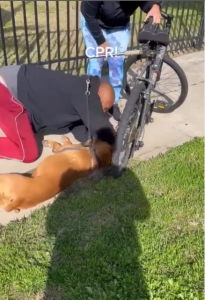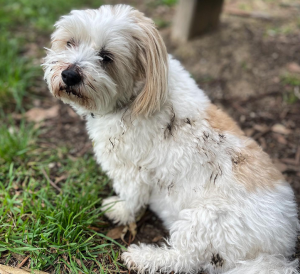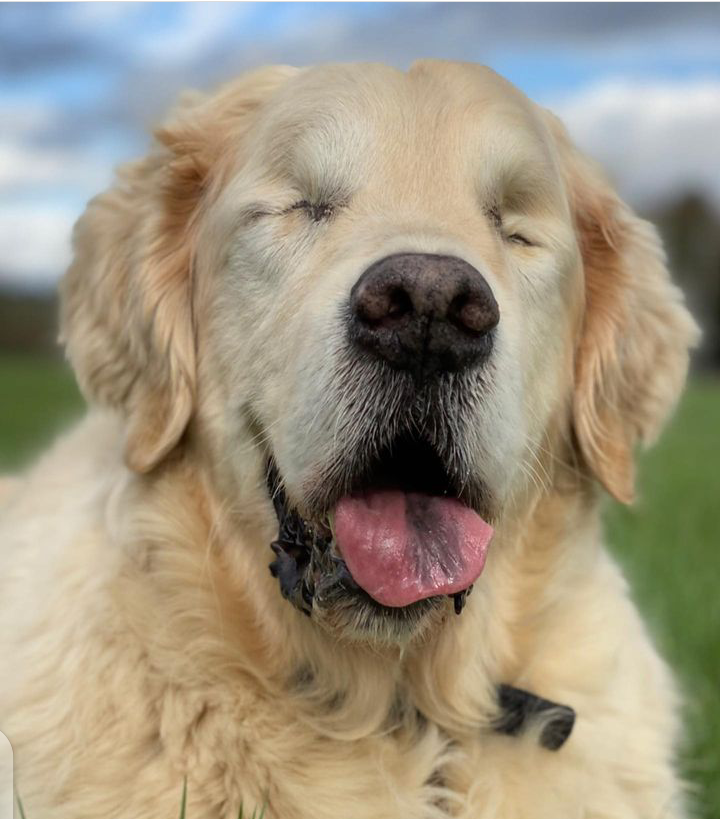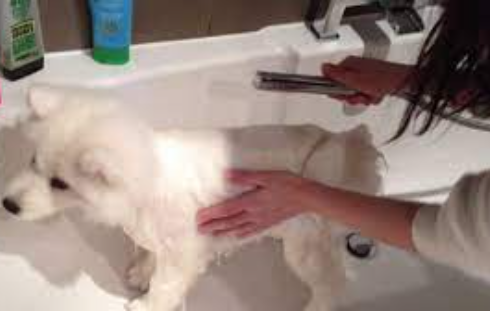How to Save Your Dog’s Life with CPR
Cardiopulmonary Resuscitation (CPR) is a term that most of us are undoubtedly familiar with regarding people. We may have seen it on television or learned about it in a middle school first aid class. However, a pet parent may need to administer dog CPR to their furry friend in an accident or emergency involving the family dog.
Do Dogs Need CPR?
Similar to human CPR, canine CPR is an emergency life-saving technique that involves chest compressions and artificial respirations to help resuscitate a dog that is not breathing or beating.
Like humans, dogs experience a rapid reduction in blood oxygen levels when their breathing or heart stops beating. The liver, kidneys, and other essential organs may stop working without oxygen. In cases where a puppy friend is in danger, it is imperative to respond promptly and effectively because brain damage can also develop after respiratory failure occurs.
Distinctive Initial Reaction Techniques
In a perfect world, a medical practitioner with the right tools, such as an oxygen tank and mask, would be the first person to respond to every emergency. But crises, being what they are, they seldom occur in ideal circumstances.
Occasionally, someone other than a firefighter or veterinarian arrives on the scene first in an emergency. Get in touch with an emergency animal hospital or veterinarian immediately if you ever find yourself in the position of being a dog’s first responder in need of medical attention. However, getting expert aid will take time, so you might have to provide the dog medical attention before and during the trip to the vet.
Performing CPR on a dog can help you be more ready for unexpected circumstances.
Remain composed and check the animal’s airway, breathing, and cardiac system after contacting a veterinarian or animal hospital.
A. Verify that the dog has a clear airway
Check for blockages in the throat by opening the mouth. Dog CPR attempts may be hampered by an obstruction in the neck, which can cut off the air supply. Before performing CPR on a dog, check that the airway is clear.
B. Check to see if the dog is respiring
Keep an eye out to observe if the chest rises and falls. Put your cheek close to the dog’s nose to feel for airflow if you are unable to determine whether the dog is breathing based on chest movement. Never forget that dogs can be breathing but unconscious. CPR is not required if the dog is breathing.
C. Observe the heartbeat
With the dog’s right side down, bring its front elbow back to its chest. The intercostal gap, where the elbow meets the chest, indicates the location of the heart. Check for a heartbeat by placing your palm over the same spot if you don’t see any movement there.
Heimlich Technique for Dogs
A modified Heimlich maneuver may be necessary if a dog’s obstruction of the airway is preventing it from breathing. Some obstructions can be manually removed, but do not push the object more profoundly into the dog’s neck. There will be other obstacles that are inaccessible and call for an alternative strategy.
Press down with your hands on either side of the dog’s rib cage to conduct the Heimlich technique on them. You can begin CPR once the object has been removed and if the dog is still not breathing.
CPR Techniques for Dogs
Performing CPR is the next course of action if, after evaluating the dog, you discover that they are not breathing or that their heart is not visible. Once the head and back align, tilt the dog’s back slightly farther to clear the airways and prepare it for rescue breathing. The following actions should be taken after the dog is correctly positioned on a level surface:
1. Cover the airway with your mouth
Covering the dog’s mouth and nose with your own while performing CPR on a tiny dog (less than 30 pounds) is essential. If the dog is more significant than average, merely cover its nose with your mouth; use one hand to keep the jaw and lips shut as you provide rescue breaths to keep the animal from breathing out of its mouth.
2. Engage in mechanical breathing
When the dog’s chest rises as a result of you blowing air into its mouth or nose, let go of your lips to let the air out. Aim to breathe between 20 and 30 times each minute.
3. Start applying chest pressure.
Place your palm over the intercostal area, where the heart is located, and press down hard enough to compress the chest to one-third and half its average depth. Aim for ten to twelve compressions in five seconds. Repeat these movements at a ratio of one breath to ten to twelve compressions. After two minutes, someone else should take over the compressions because you will be performing over 100 per minute.
4. Squeeze the stomach in giant breeds
Squeeze the dog’s abdomen or gently pressure the front portion of the tummy while doing CPR on a large breed. Doing these compressions you can assist in returning blood flow to the heart. The rescue breathing and compressions, however, require the most attention. The secondary focus should be on abdominal compressions.
5. Examine the canine
Every two minutes, check to see if the dog has resumed breathing. If not, keep up the artificial respirations until assistance comes.

Indications That Your Dog May Need Emergency Medical Attention
There are several situations in which you might need to take your dog to the emergency room, including choking and heatstroke. While the majority of dog owners can identify their dog’s illness or injury immediately, there are specific extra indicators to look out for to assess whether your furry friend needs emergency care:
- Light-colored gums
- Accelerated respiration
- Weak or rapid heartbeat
- Variation in body temperature
- Issue stance
- Glaring paralysis
- Absence of consciousness
- Convulsions
- An excessive amount of bleeding
- Unusual violent actions
It is critical to get help for your dog if it exhibits any of these behaviors so that neither you nor your friend will suffer more harm. Make every effort to get your dog to the vet as soon as possible safely and pleasantly if you are comfortable doing so. It’s advisable to get assistance if your dog is uneasy or upset to prevent more problems.
Essential Home First Aid
Professional veterinarian care is irreplaceable; nevertheless, until you can obtain your beloved pet’s care, you can offer them some support or comfort. A few common medical conditions and the suitable first-aid procedures you can do at home are listed below:
Put pressure on the wound and raise the injury if there is external bleeding.
Shift your dog to a shady spot and apply cool towels to their head and neck to prevent heat stroke. They can also have chilled water rubbed over their body, with special attention to their midsection, the space between their hind legs, and the foot pads.
Poisoning: If dangerous substances come into contact with your dog’s skin, treat the unintentional exposure according to the directions on the product’s label. To be cautious, call the veterinarian after any at-home decontamination treatment for your dog’s eyes if it seems your dog may have come into contact with something harmful. Should your dog indeed consume a toxic material, gather all pertinent details, such as the product in question or any items your dog may have gnawed on, and visit the vet right away.
During seizures, please keep your dog away from anything that could hurt them, but don’t put them in a restraint. Keep your dog warm and calm until the seizure stops.
Shock: Put your dog in a restraint and keep them cozy and quiet. Maintain head and body alignment if your dog is unconscious.
Your dog must see a veterinarian regarding medical problems and illnesses. Once you’ve managed to stabilize the situation or can at least get your dog into the car, take them to the vet for a checkup and, often, additional care.





